How Medical Answering Services Help Handle Angry Callers
Angry callers can be a nightmare for any medical office, leaving you feeling overwhelmed and stressed. Knowing what causes this anger is important for good communication methods, especially in patient care situations. Learn how medical answering services tackle challenging situations and train their staff to be both professional and empathetic. From the first hello to solving disagreements, learn how clear communication can turn frustration into clear thinking.
Definition and Purpose
Medical answering services are the first contact for patients looking for help or information, providing fast and informed answers.
These services primarily handle call management, appointment scheduling, and emergency response. By handling incoming calls effectively, they enable healthcare providers to concentrate on caring for patients instead of dealing with paperwork.
For example, an answering service can make scheduling easier by connecting with a clinic’s calendar, allowing for instant updates. Regular communication builds a strong relationship between patients and healthcare providers, increasing patient satisfaction and trust.
Medical answering services help maintain patient involvement and guarantee every call gets a reply.
Importance in Healthcare
In today’s healthcare, 70% of patients want fast responses, making medical answering services important for keeping patients satisfied and encouraging them to come back.
Medical answering services offer 24/7 help, ensuring that patient calls are handled promptly. This responsiveness can improve patient trust, as studies show that practices using these services see a 20% increase in patient satisfaction ratings.
Fast response times can cut down on missed appointments and improve service efficiency, making operations run more smoothly. For example, using platforms like Ruby or Answering Service Care, healthcare providers can simplify communication, leading to better patient experiences and better healthcare service.
In an era where patients value accessibility, investing in telephonic support services can lead to better outcomes and a competitive edge.
The Nature of Angry Callers
Knowing why callers get upset is essential for healthcare workers to handle stress management well and keep patients’ trust.
Common Triggers for Anger
Common triggers for anger in callers often include long wait times, miscommunication, and unresolved issues, leading to frustration and dissatisfaction.
To mitigate these triggers, companies can implement strategies like proactive communication, regular updates on hold times, and thorough training for customer service representatives.
For example, using pre-recorded messages that tell callers how long they might wait can help lower stress and improve caller engagement. Training staff to recognize and empathize with caller frustrations can help de-escalate situations.
A survey from the Customer Service Institute found that 63% of callers prefer to be kept informed about their status, highlighting the importance of transparency in the service process.
Psychological Impact on Callers
Angry callers often experience heightened stress and anxiety, which can impact their overall health and perception of care quality.
Research indicates that chronic stress can lead to serious health issues, including cardiovascular diseases and weakened immune responses.
When healthcare workers speak with distressed callers, using compassionate and empathetic communication is important. For instance, using active listening techniques-such as reflecting back what the caller says-can help de-escalate the situation.
Teaching employees how to resolve conflicts can improve their skills in handling challenging discussions. By doing this, healthcare workers make phone calls better and improve health outcomes for people dealing with stress.
Role of Medical Answering Services
Medical answering services are important in handling initial communications with patients, serving as an intermediary between healthcare providers and callers. One of our most insightful case studies demonstrates how these services interact with patients to enhance their experience.
Initial Contact and Screening
Good initial contact and sorting can reduce patient frustration by 30%, ensuring calls reach the correct department and issues are addressed promptly.
To achieve this, answering services implement structured protocols that guide their representatives through each call. For instance, they often use caller profiling techniques to gather essential information, such as the patient’s reason for calling and urgency of the matter.
By sorting calls into set levels of importance-such as emergency, urgent, or routine-operators can send them to the right medical staff more quickly.
Using tools like call scripts and cloud-based software makes the process smoother, improves accuracy, and shortens wait times.
Providing Information and Support
Giving correct and quick information can greatly improve caller happiness, with good training resulting in a 25% rise in successfully solving calls.
Medical answering services equip staff with essential knowledge through structured training programs that focus on effective communication and clinical information.
For instance, ongoing workshops can cover topics like:
- HIPAA regulations
- Common medical terminology
- Handling sensitive patient inquiries
Having a single place with resources, like an internal knowledge base or real-time updates from healthcare professionals, makes sure staff can get the latest information when they need it. Regular quizzes and feedback sessions can further reinforce learning and improve service quality.
Techniques for Managing Angry Callers
Handling upset callers well needs good communication and emotional awareness to calm difficult situations.
Active Listening Skills
Active listening can reduce caller anger levels by up to 50%, allowing representatives to understand and address specific concerns effectively.
To improve listening skills, representatives should repeat the caller’s concerns in their own words to make sure they understand, such as saying, “I understand you’re upset about the billing issue-let’s fix that together.”
Acknowledging feelings by saying, “I understand this situation is upsetting,” can also help de-escalate tension.
Asking questions like “Can you explain the problem you had?” helps you collect the needed details and makes the caller feel listened to.
These methods create a helpful environment that can result in faster solutions and improve caller experience.
Empathy and Understanding
Showing empathy can improve a caller’s experience. Research indicates that 70% of patients feel more content when they sense that the staff understands them.
To effectively convey empathy, use verbal affirmations such as “I understand how you feel” or “That sounds really frustrating,” which validates the caller’s emotions.
Using friendly language such as “Let’s solve this together” helps improve connections and make the caller’s experience better.
This practice improves caller satisfaction and can lead to better results, as patients are more likely to provide important information when they feel listened to and valued.
Calm and Professional Tone
Maintaining a calm and professional tone during calls can defuse tension, with a 40% reduction in escalation incidents reported among trained staff.
To achieve this, practice active listening by paraphrasing the caller’s concerns and acknowledging their feelings. Techniques such as deep breathing can help maintain your composure.
Using positive language, such as “Let’s tackle this together,” encourages teamwork. Another effective approach is to take a brief pause before responding, allowing yourself time to compose your thoughts.
By using these methods, staff improve customer interactions and build trust, leading to service excellence and better results in difficult conversations.
Training for Answering Service Staff
Training programs can improve staff performance, resulting in a 35% increase in customer service ratings.
Conflict Resolution Strategies
Using organized methods for resolving conflicts helps staff manage problems well and raises service quality.
To begin, identify common conflict sources such as miscommunication or role ambiguity.
Regular training sessions can help; for instance, incorporating role-playing scenarios encourages employees to practice resolving conflicts in real-time.
A tool like Mediate.com provides resources for online mediation, helping teams follow steps to resolve conflicts.
When teams use these methods, they improve teamwork and often experience a 20% increase in job satisfaction, as shown by companies that focus on conflict resolution training.
Role-Playing Scenarios
Practicing role-playing can improve employee confidence, with 80% of participants saying they feel more prepared to manage challenging calls after training.
Incorporating role-playing into training programs engages employees actively. For example, a customer service team might simulate handling a challenging customer complaint, allowing staff to practice empathy and problem-solving techniques.
Tools like Zoom or Microsoft Teams can help run these sessions from a distance, while feedback can be given through peer review or facilitator comments.
Creating specific situations, such as managing a frustrated customer or addressing unexpected changes in policy, makes the training relevant and practical, providing employees with the skills needed for real-life situations.
Benefits of Using Medical Answering Services
Using medical answering services can improve patient satisfaction by 30% and greatly improve service quality and response time, which aligns with the principles outlined in our analysis of how these services can propel your practice forward.
Improved Patient Satisfaction
Improved patient satisfaction through effective healthcare communication and telephone etiquette can lead to higher retention rates and customer loyalty among patients, which is critical in healthcare.
Medical answering services are very important for improving how happy patients are with their care. By ensuring timely responses to inquiries, these services reduce patient wait times, significantly impacting their overall experience.
For example, a service that offers round-the-clock support allows patients to contact them anytime, leading to faster care. Helpful representatives offer individual attention, addressing your specific questions or concerns directly to establish trust.
Actions such as reminding patients about appointments, managing follow-ups, and handling feedback contribute to developing solid connections with patients. This results in increased customer loyalty and improved health outcomes.
Reduced Stress for Medical Staff
By managing patient calls, medical answering services reduce stress for healthcare staff, allowing them to focus on providing quality care and service recovery.
These services make life easier by handling appointment scheduling, renewing prescriptions, managing emergencies, and responding to frequent inquiries.
For example, a practice using a medical answering service with effective call prioritization saw a 30% drop in missed calls and a big increase in patient satisfaction.
Using platforms like RingCentral or Answering Service Care can improve communication and make work smoother. By handling these tasks within the organization, healthcare providers can spend more time on patient care, improving health results and helping reduce staff burnout.
Case Studies and Examples
Real-world examples show how medical answering services, through professional training and handling objections, can solve caller problems and improve the patient experience.
Successful Resolution of Angry Calls
In one significant example, a medical practice managed to address more than 90% of upset phone calls by having staff trained in calming strategies and using clear communication guidelines.
They implemented a dedicated call center training program focusing on empathy, emotional support skills, and active listening, enabling staff to de-escalate tensions effectively.
For example, using role-playing scenarios, employees practiced responding calmly to complaints and offering immediate solutions.
The practice adopted a feedback loop, encouraging patients to express concerns through surveys after visits, which were reviewed weekly as part of their feedback management.
We actively handled issues, reducing complaints and improving patient satisfaction. This shows that clear communication and training can turn difficult interactions into good results.
Feedback from Medical Professionals
Positive feedback from medical professionals highlights the value that effective answering services bring to patient relations and overall service quality.
Healthcare providers report significant efficiency improvements when utilizing medical answering services. For instance, many clinics have noted a 30% reduction in missed calls and a marked decline in patient wait times for responses.
Direct communication improves patient satisfaction and builds trust. Providers often choose services that offer features like 24/7 availability, call triaging, and integration with electronic health records.
These factors support timely responses, steady service, and care specific to each patient, resulting in improved health results and simpler work procedures.
Summary of Key Points
This article explains how medical answering services improve patient care, maintain quality, and strengthen communication.
These services make it easy for patients to contact healthcare professionals at any time of the day or night, enhancing healthcare solutions and communication skills.
Companies like Ruby and AnswerNet have live bilingual operators to answer calls, improve service, and schedule appointments, leading to better patient satisfaction.
Features like call routing and message logging help to address issues quickly. Using a dependable medical answering service, clinics can cut down on missed appointments by up to 30% and run more smoothly, resulting in improved patient care.
Upcoming Changes in Medical Call Centers
Upcoming developments suggest that AI will be used in medical answering services to improve speed, adaptability, and service quality.
This integration includes chatbots that handle initial patient inquiries, supporting emotional responses handling and allowing human operators to focus on more complex issues.
For example, companies like Zocdoc use AI to make appointment scheduling easier, which cuts down on waiting times a lot.
Cloud-based communication platforms such as RingCentral enable seamless multi-channel interactions, allowing patients to connect via voice, text, or video calls.
As these technologies change, medical practices will need to train staff in reporting systems and call volume management to use these tools well, creating a service environment focused on patients and efficiency.
About the Author
I’m Keith Chambers, a Princeton University graduate with a bachelor’s degree in human resource management and psychology. I’ve owned a successful medical answering service company in California for 20 years, specializing in emergency call handling, healthcare communication, and patient access solutions. I’m also a contributing writer for Medical Call Service, where I help practices streamline communication and improve patient outcomes through better service design.
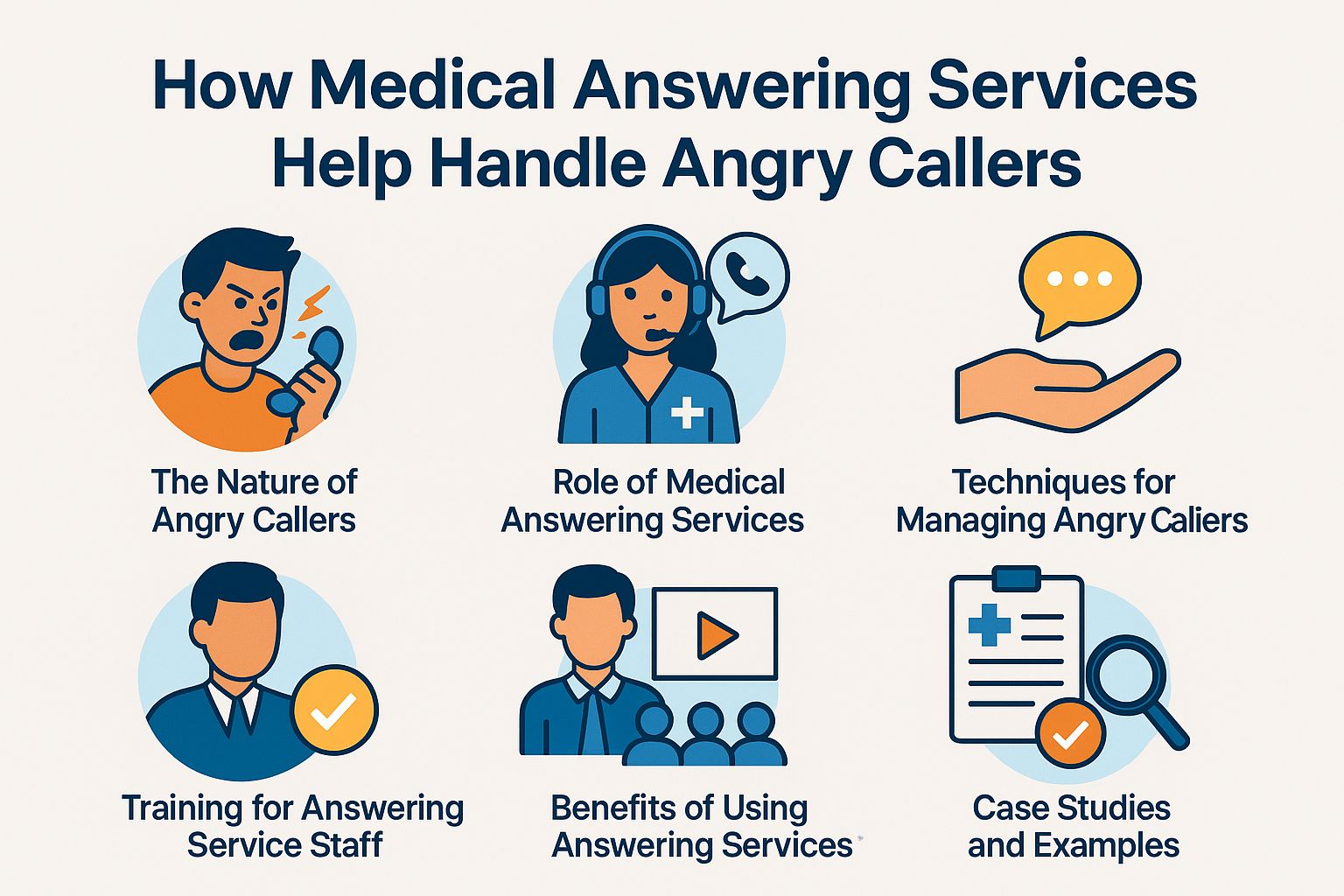
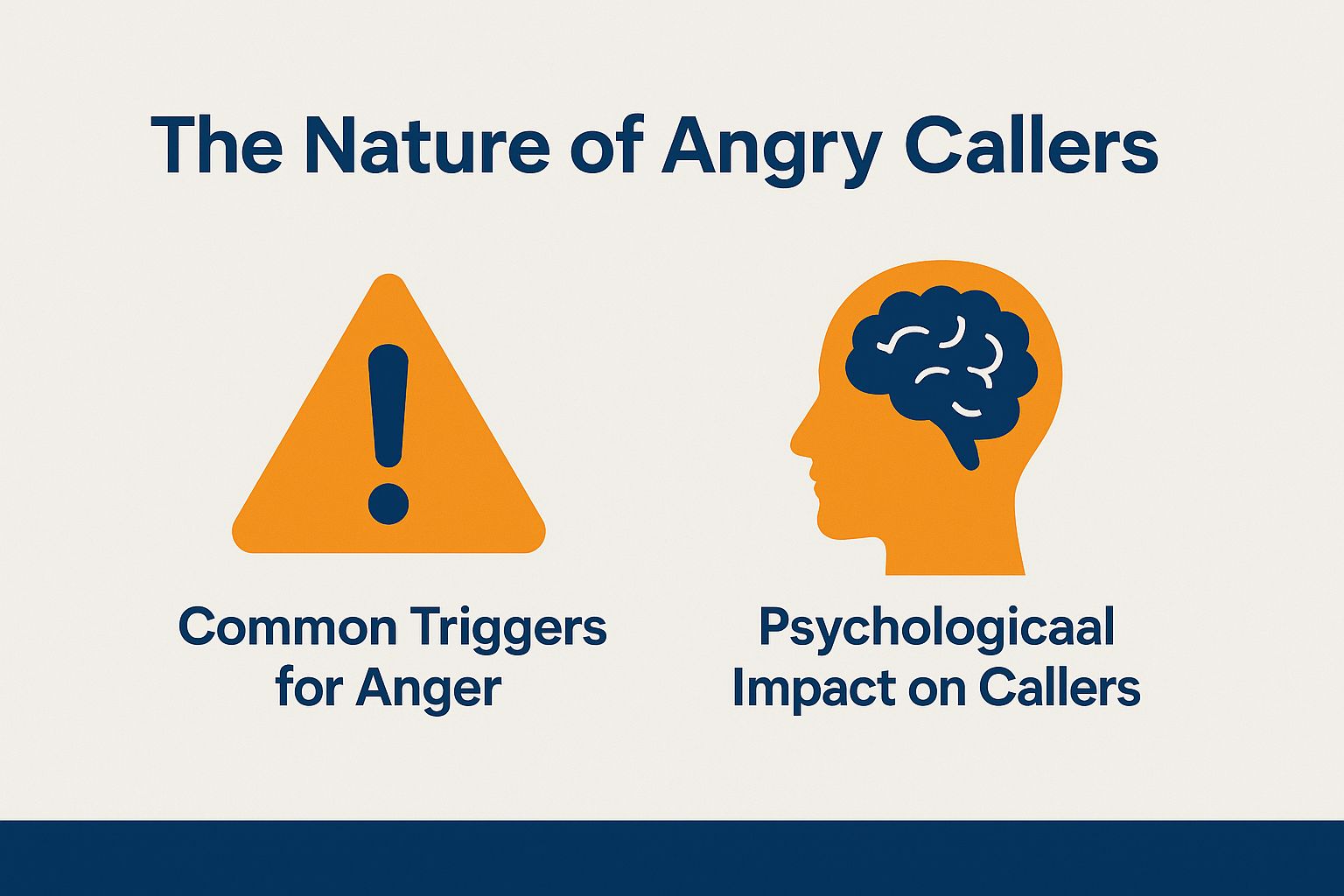
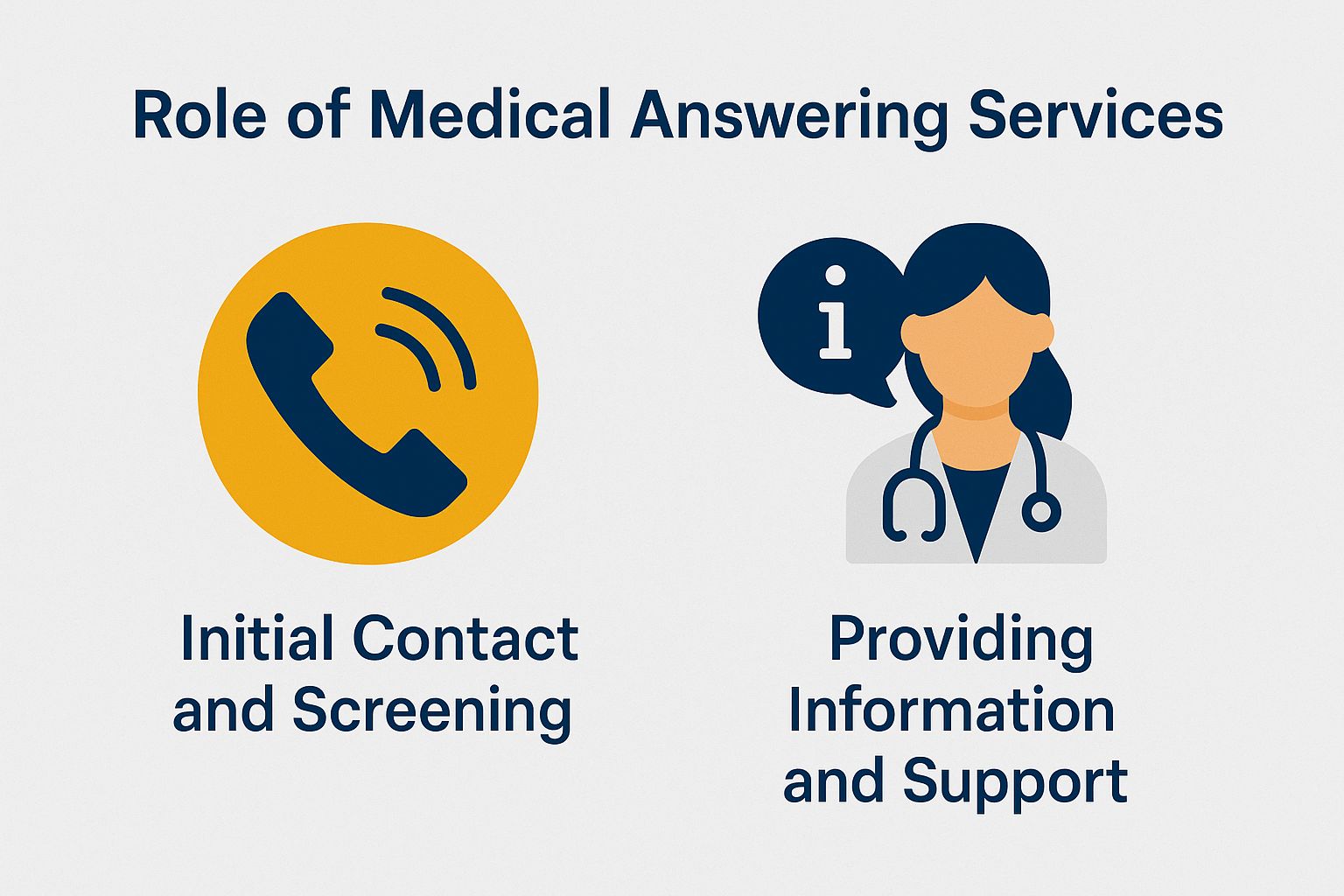
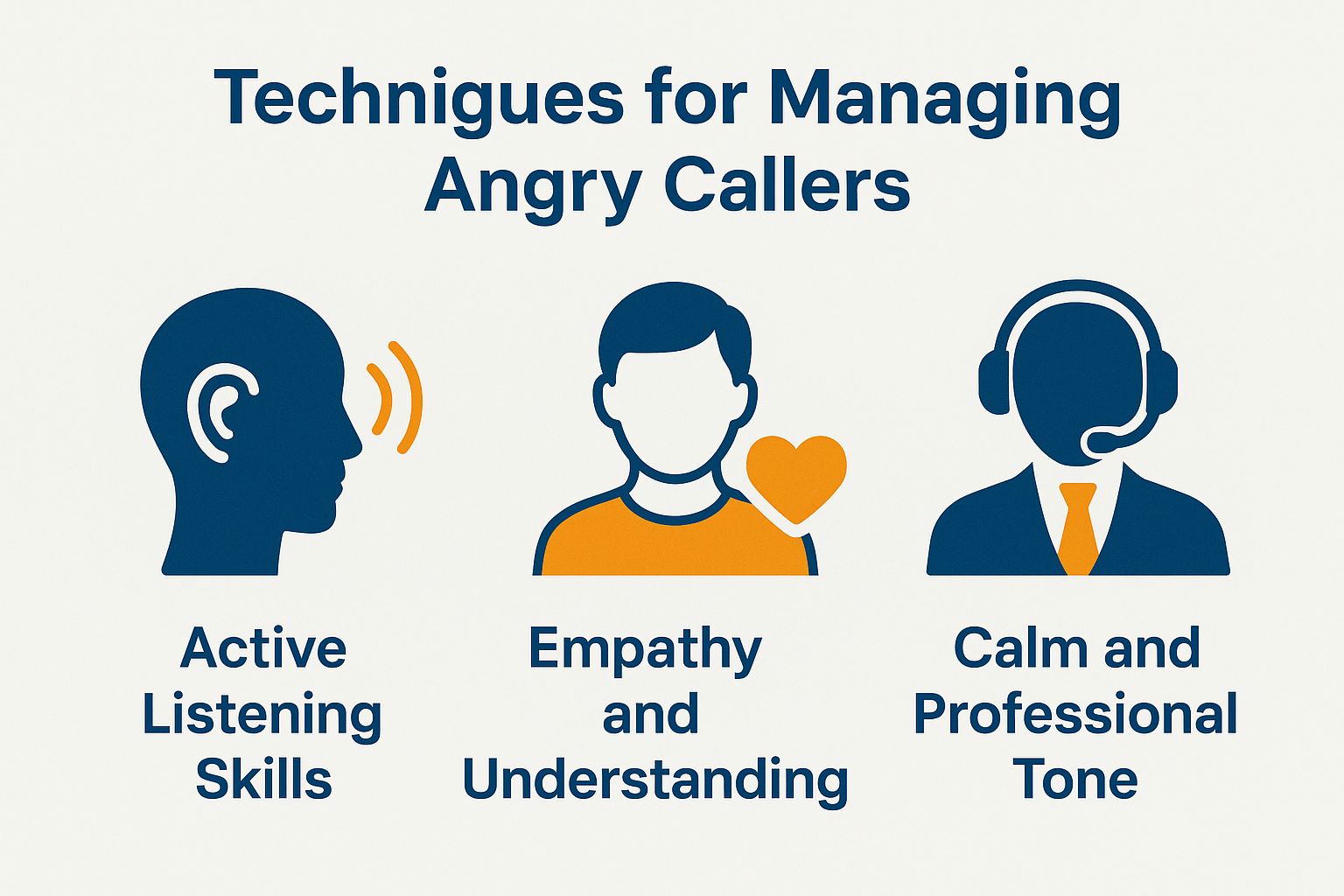
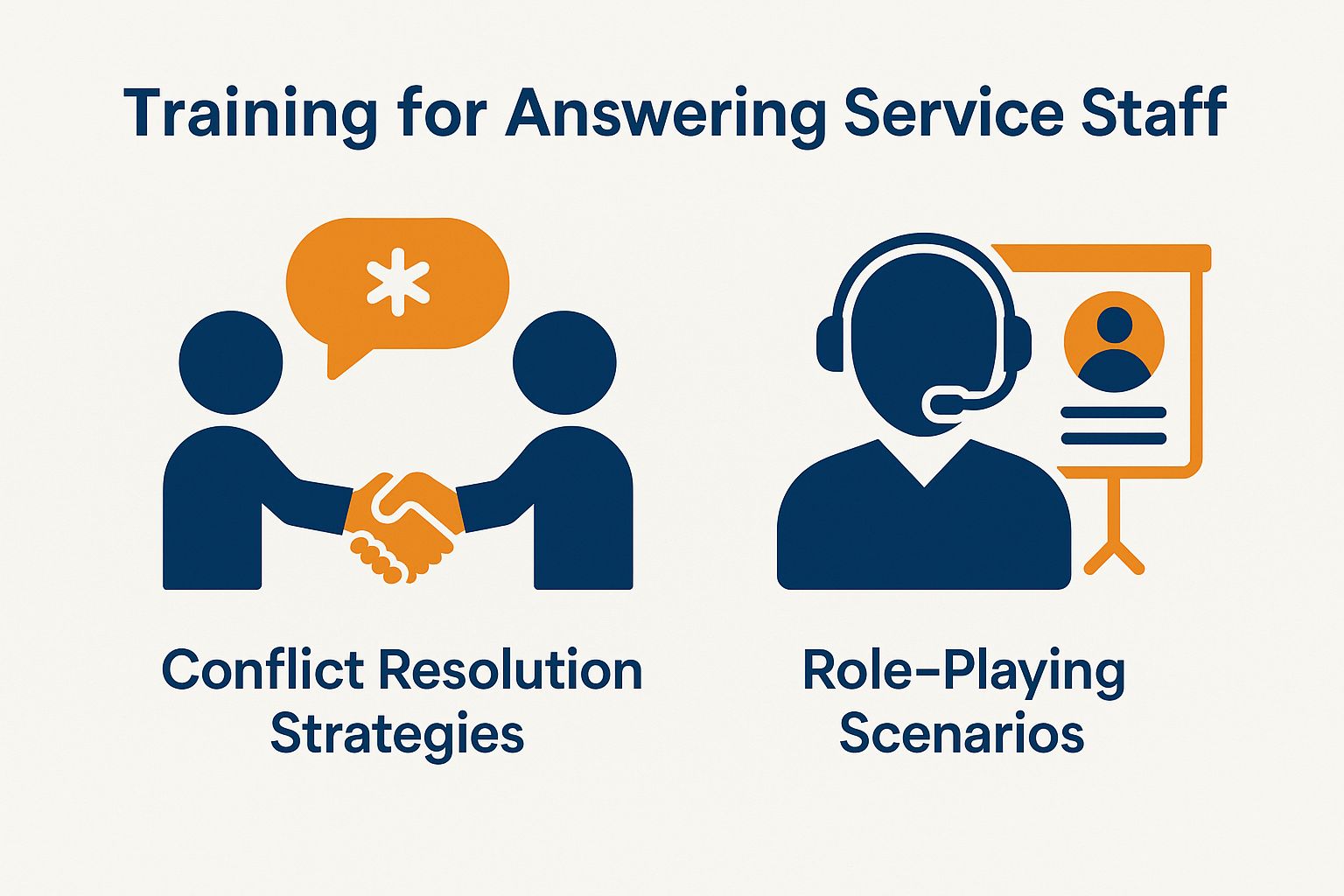
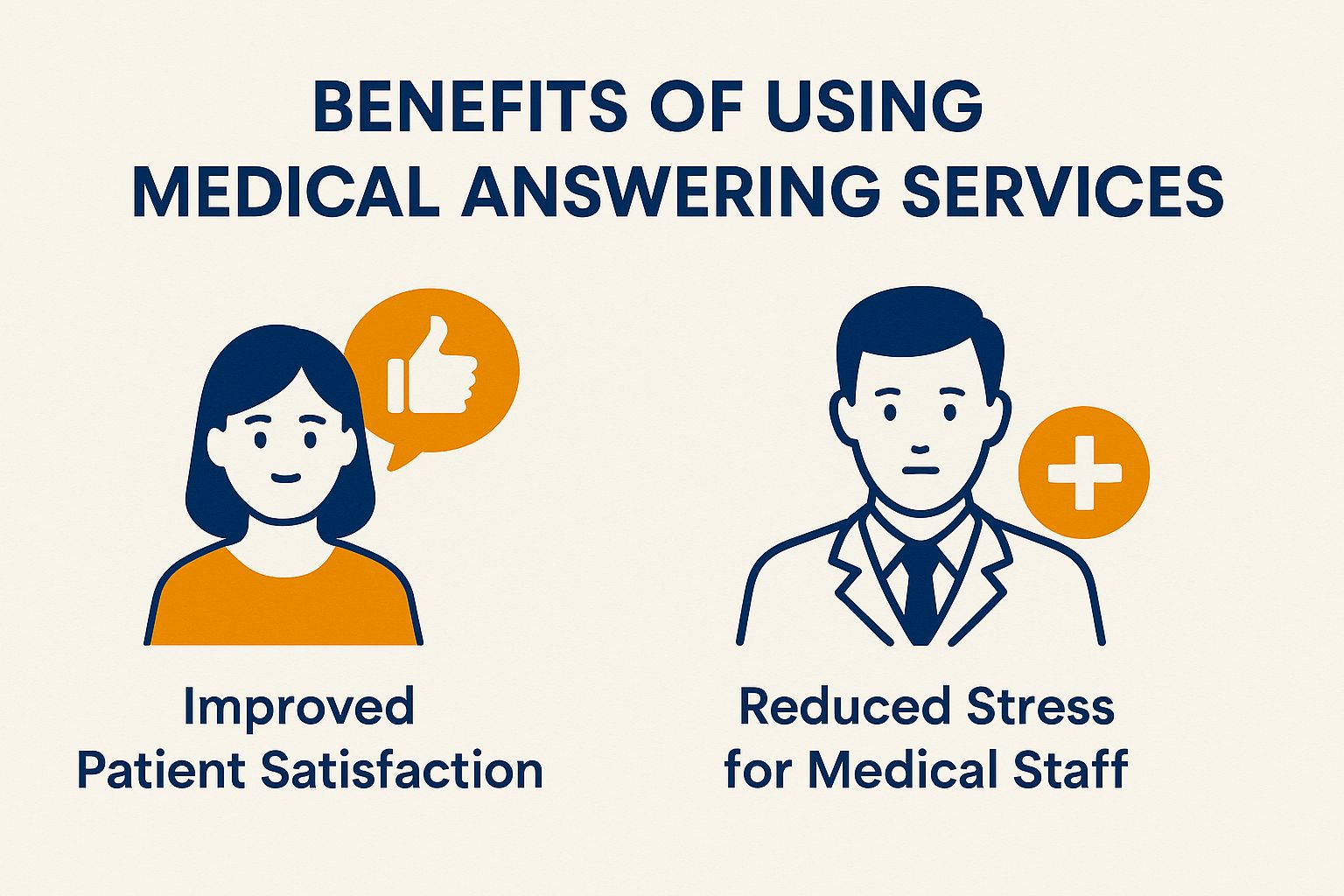
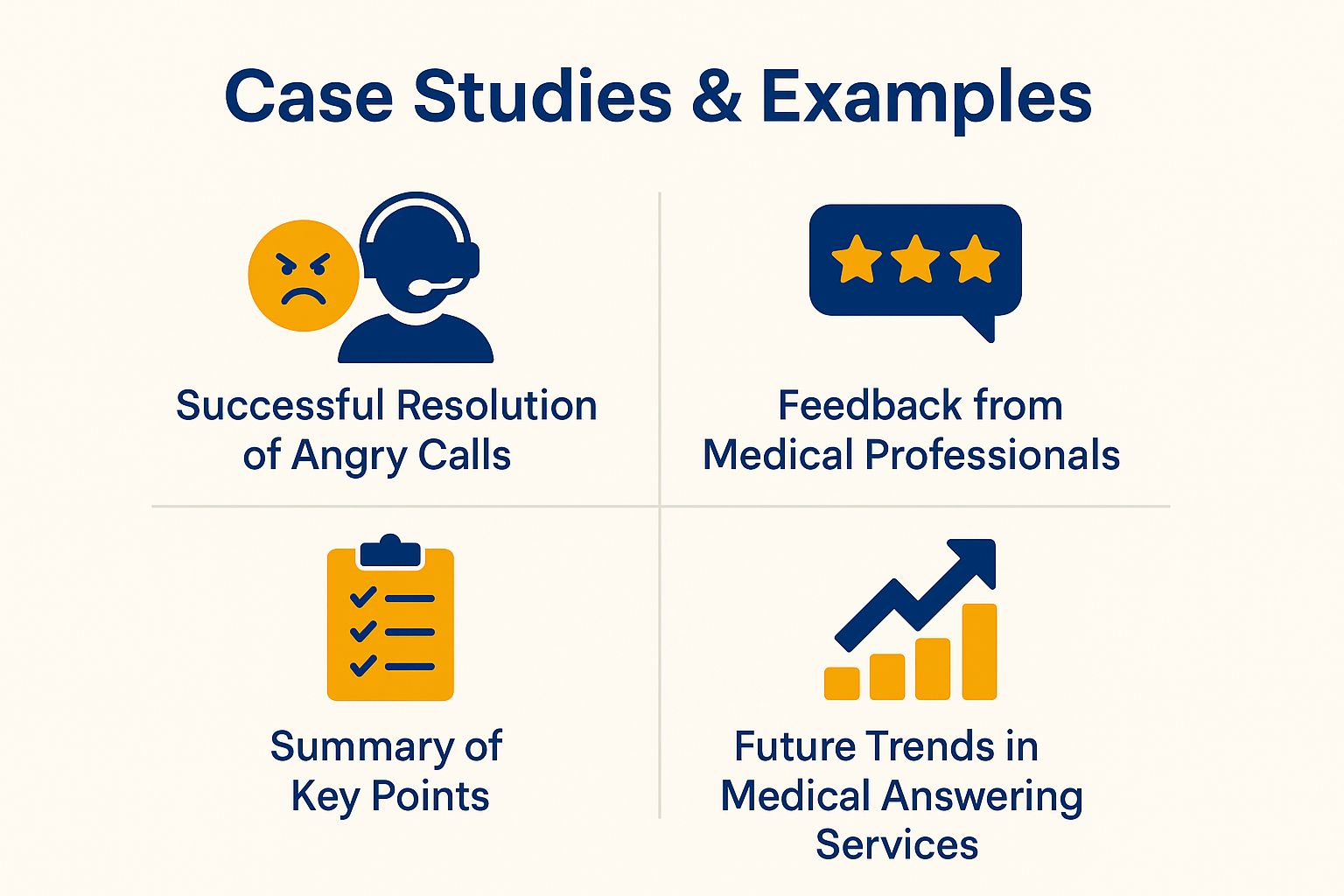
Leave a Reply